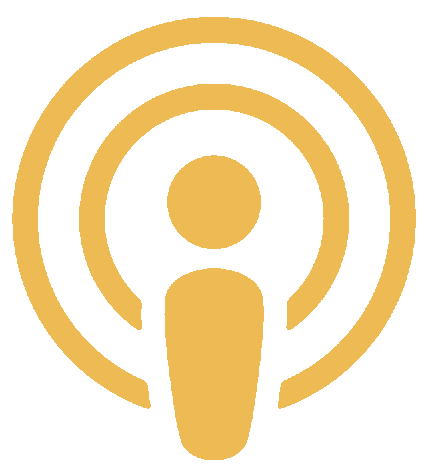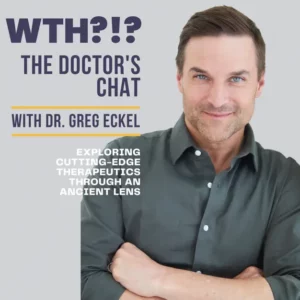In this episode of WTH?!? The Doctor’s Chat, we are joined by Rick Olderman. Dr. Nadal and Rick discuss Rick’s journey of 25+ years in healing, what actually causes us to have pain, how to fix your pain with Rick’s “fixing you” method, as well as some at home remedies to reduce back and knee pain. Rick began his health journey with physical therapy, but often found he couldn’t fully serve his patients. A lot of what physical therapy does is address specific points of pain, rather than the root cause of said pain. What Rick did was transition to a more holistic approach by beginning to understand the muscular skeleton system very well. Now, 25+ years later, he has had some pretty powerful stories.
What is the “fixing you” method. Rick explains this as a way to evaluate your current pain and the steps you can take to reduce said pain, as well as find the root cause. The body is interesting. Your brain will often compensate (at some place in your body) to help solve acute pain in some area. After long exposure to this compensation, this can lead to the chronic pain we hear about. A good example is when our right ankle hurts, our brain will compensate by putting more pressure on the left side of our hip. All of a sudden your ankle pain is gone, but now you have this acute pain on the left side of your back. If the rot cause of this pain is not addressed (ie. your ankle problem), your back pain can turn chronic.
Now what’s the difference between acute and chronic pain? How do each of these manifest over time? Acute pain is classified as pain that occurs for less than three months and chronic pain is pain pasting greater than three months. Rick describes chronic pain as reoccurring acute pain that appears chronically. So what does this mean? People with pain need to solve the reason for the acute pain. Do you ever lock your knees? Maybe you are trying out the new standing desk everyone seems to be getting these days. Fun fact: when you lock you knees, those joints are taking an internal beating which can lead to acute and even chronic pain in other parts of your body. Image tiny hammers hammering your knees every time they’re locked (that’s not going to feel very good). Make sure when you’re taking long walks or standing for long periods you are bending your knees.
Rick brought up a very interesting point midway through this episode about leg length discrepancies. In his 25+ years of experience, he has seen hundreds of people claiming to have a leg length discrepancies. In most of those cases, their doctors diagnosed them and often given orthopedics such as a heel lift to compensate for said discrepancy. Out of those hundreds of people, only five of them had an actual discrepancy. So what begins to happen is these people claiming to…




